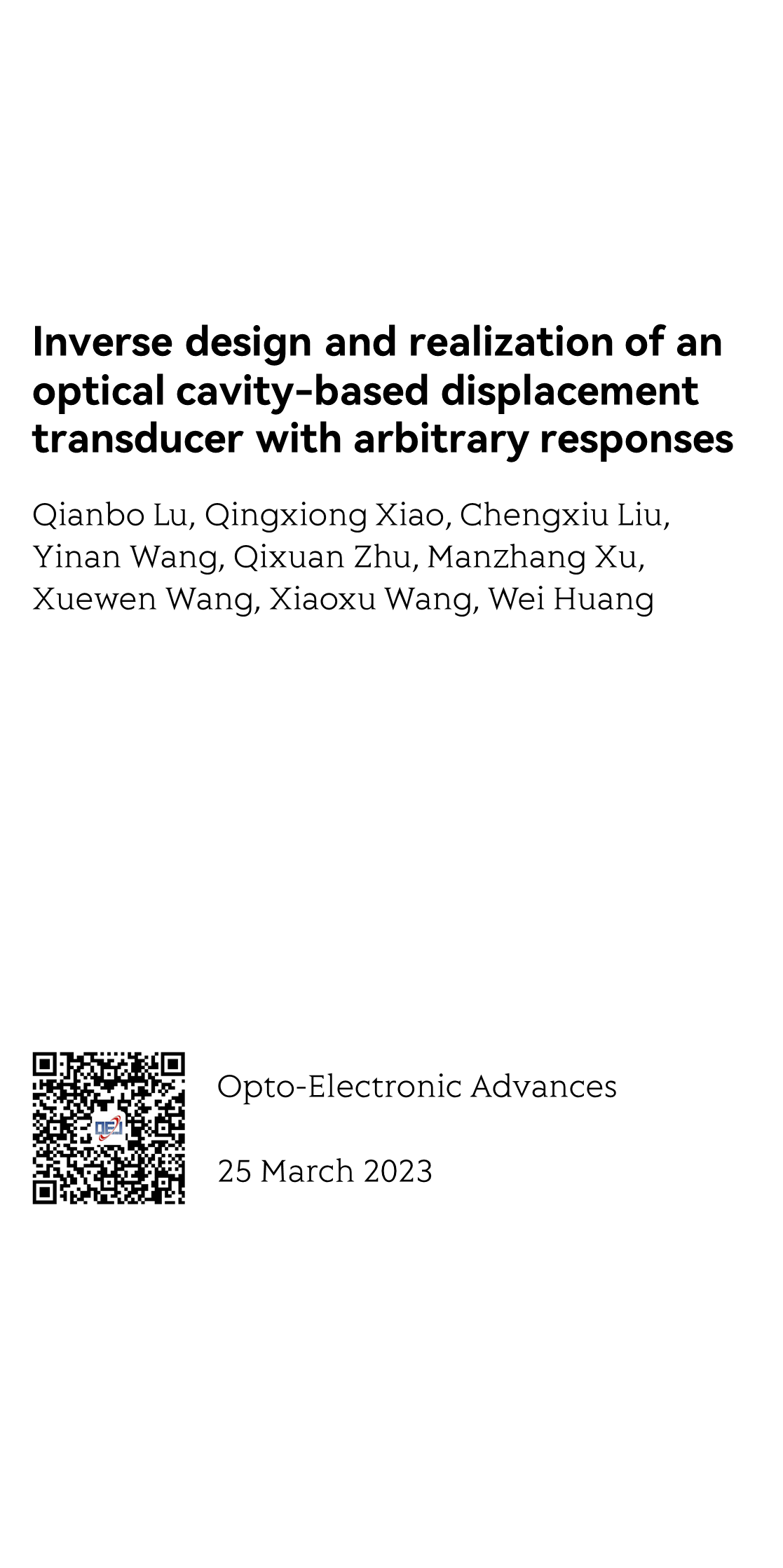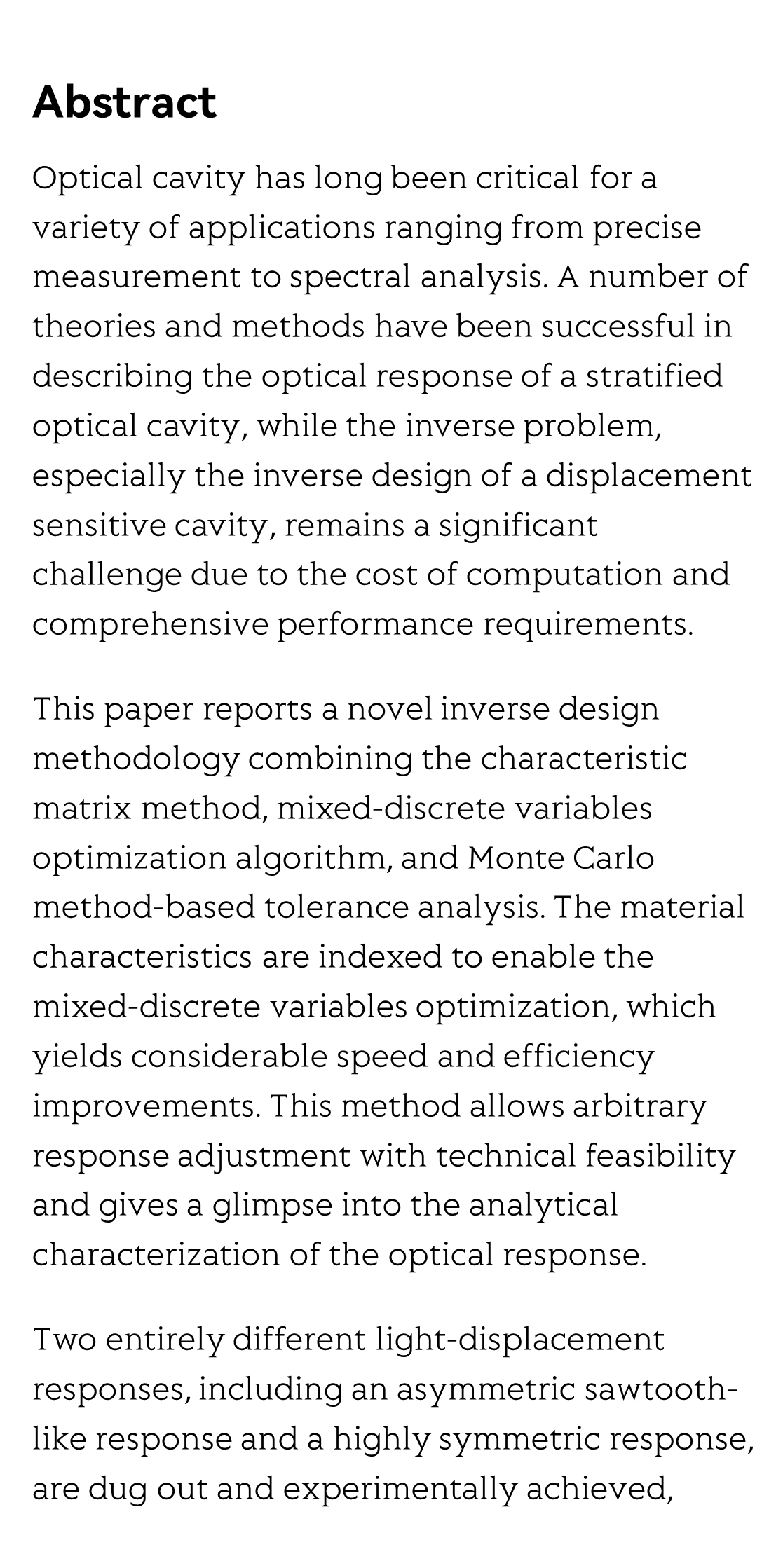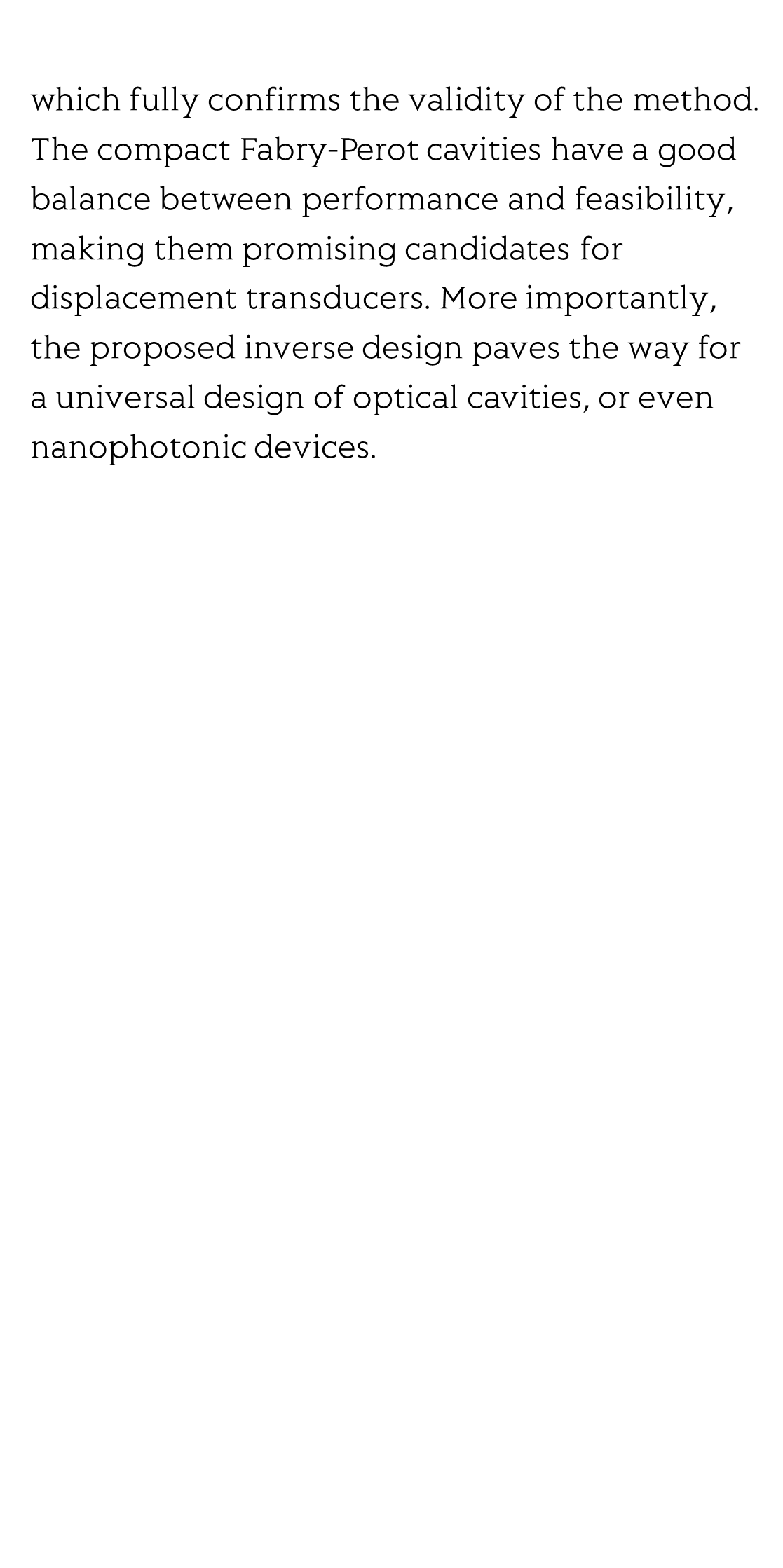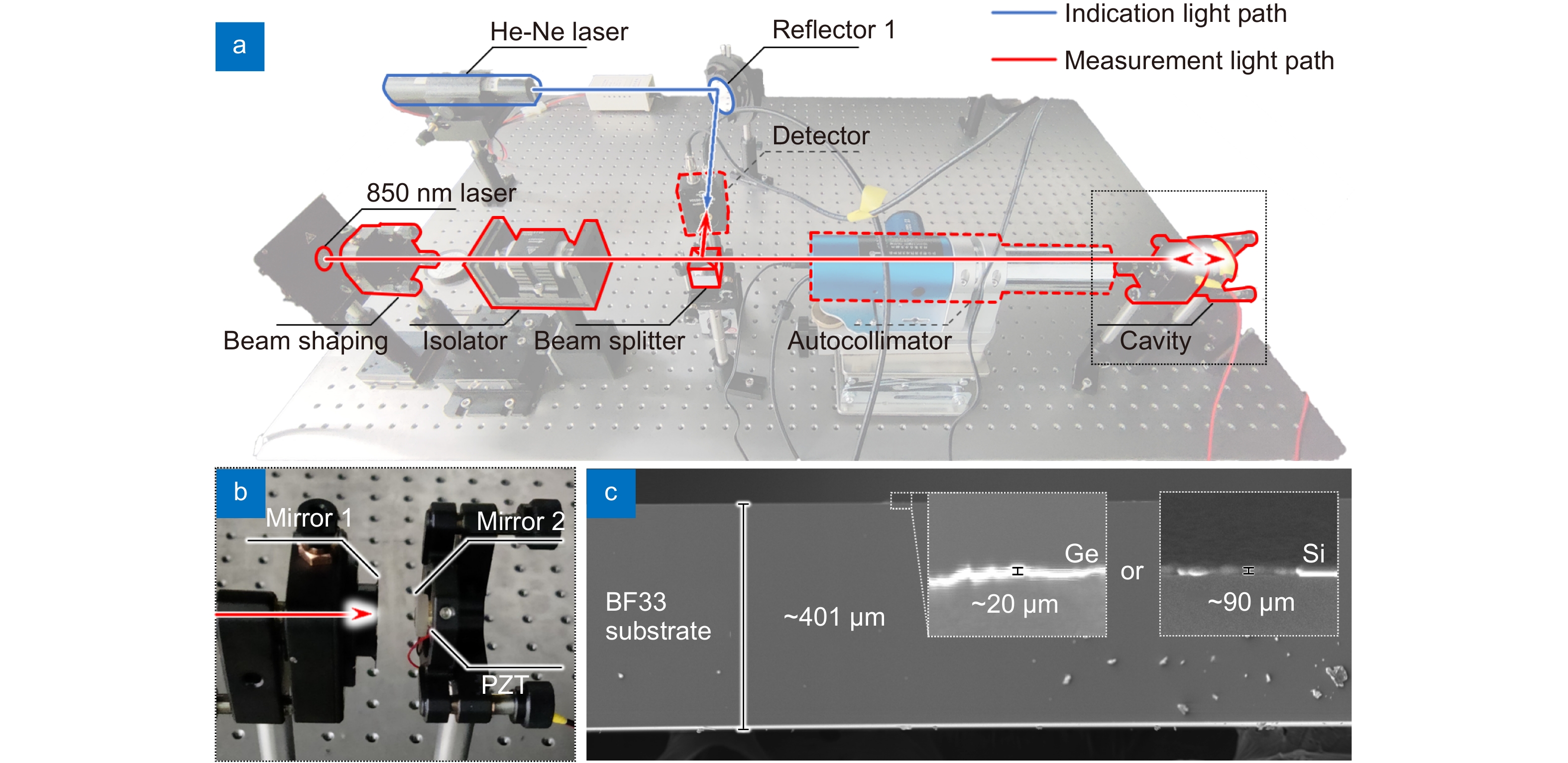(Peer-Reviewed) Inverse design and realization of an optical cavity-based displacement transducer with arbitrary responses
Qianbo Lu 卢乾波 ¹, Qingxiong Xiao ², Chengxiu Liu 刘诚修 ², Yinan Wang 王逸男 ², Qixuan Zhu 朱启轩 ¹, Manzhang Xu 许曼章 ¹, Xuewen Wang 王学文 ¹, Xiaoxu Wang 王小旭 ², Wei Huang 黄维 ¹
¹ Ningbo Institute of Northwestern Polytechnical University, Frontiers Science Center for Flexible Electronics (FSCFE), MIIT Key Laboratory of Flexible Electronics (KLoFE), Shaanxi Key Laboratory of Flexible Electronics (KLoFE), Institute of Flexible Electronics (IFE), Northwestern Polytechnical University, Xi'an 710072, China
中国 西安 西北工业大学宁波研究院 柔性电子前沿科学中心 柔性电子材料与器件工信部重点实验室 陕西省柔性电子重点实验室 西北工业大学柔性电子研究院
² The Key Laboratory of Information Fusion Technology, Ministry of Education, School of Automation, Northwestern Polytechnical University, Xi'an 710072, China
中国 西安 西北工业大学自动化学院 信息融合技术教育部重点实验室
Opto-Electronic Advances, 2022-03-25
Abstract
Optical cavity has long been critical for a variety of applications ranging from precise measurement to spectral analysis. A number of theories and methods have been successful in describing the optical response of a stratified optical cavity, while the inverse problem, especially the inverse design of a displacement sensitive cavity, remains a significant challenge due to the cost of computation and comprehensive performance requirements.
This paper reports a novel inverse design methodology combining the characteristic matrix method, mixed-discrete variables optimization algorithm, and Monte Carlo method-based tolerance analysis. The material characteristics are indexed to enable the mixed-discrete variables optimization, which yields considerable speed and efficiency improvements. This method allows arbitrary response adjustment with technical feasibility and gives a glimpse into the analytical characterization of the optical response.
Two entirely different light-displacement responses, including an asymmetric sawtooth-like response and a highly symmetric response, are dug out and experimentally achieved, which fully confirms the validity of the method. The compact Fabry-Perot cavities have a good balance between performance and feasibility, making them promising candidates for displacement transducers. More importantly, the proposed inverse design paves the way for a universal design of optical cavities, or even nanophotonic devices.
Data-driven polarimetric imaging: a review
Kui Yang, Fei Liu, Shiyang Liang, Meng Xiang, Pingli Han, Jinpeng Liu, Xue Dong, Yi Wei, Bingjian Wang, Koichi Shimizu, Xiaopeng Shao
Opto-Electronic Science
2024-02-24







